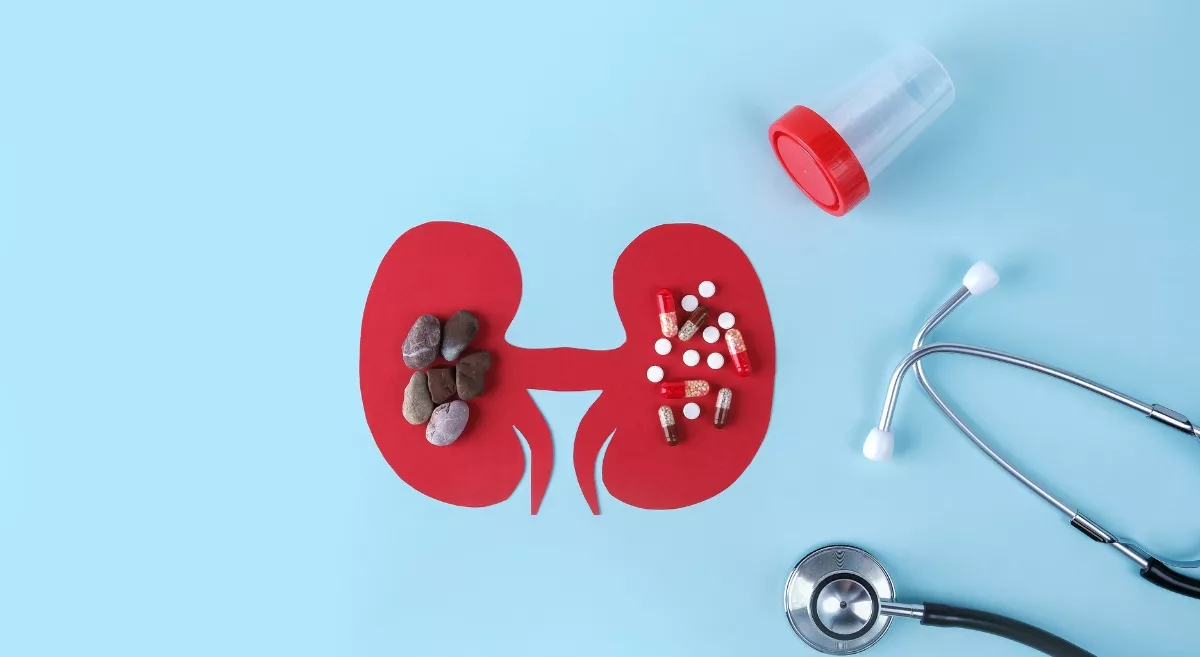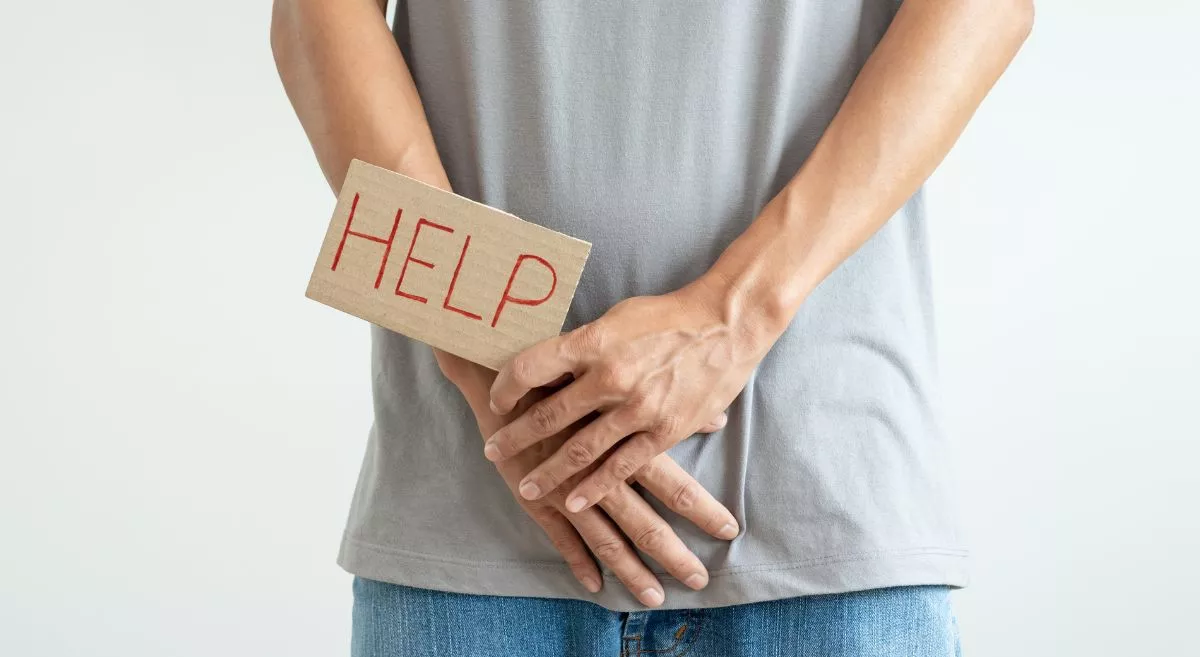Kidney stones are one of the most common health problems that affect a wide age range. These painful stones bring discomfort and health complications to many, ranging from young children to older adults. Age plays a significant role in how kidney stones form, their symptoms, and how they are best treated. In this blog, we will explore the causes, symptoms, and treatment options available across age groups, helping you understand how the body’s response changes over time.
What Are Kidney Stones and Why Do They Form?
Kidney stones are formed by salts and minerals crystallizing inside the kidneys to form sharp, stone-like lumps. They are usually caused by dehydration, certain dietary habits, genetic predisposition, and other health conditions. When the stone becomes large, it causes intense pain and can prevent the flow of urine, leading to other complications. Knowing what causes kidney stones can help you understand the disease better and make more informed decisions about treatment options.
How Do You Know If You Have a Kidney Stone?
The most common symptoms across age groups include:
- Severe back or abdominal pain
- Blood in the urine, which may appear pink, red, or brown
- Nausea and vomiting during episodes of severe pain
- Frequent or urgent urination
- Painful urination and cloudy or foul-smelling urine
Although the symptoms may vary with age, here’s how kidney stones typically present in children, adults, and elderly patients.
How Does Each Age Group Experience Kidney Stones?
Children:
Children with kidney stones may show signs of abdominal pain, difficulty urinating, and irritability, especially if they’re too young to communicate discomfort. Parents should watch for fever, blood in urine, and unusual fussiness as potential indicators.
Young Adults:
Adults, particularly those aged 20-40, tend to experience more severe pain in the lower back, abdomen, or groin, accompanied by nausea and changes in urination.
Older Adults:
In older adults, symptoms can be milder. They may experience changes in urination, moderate abdominal discomfort, and sometimes recurrent urinary tract infections (UTIs). Dehydration is common in this age group, which can exacerbate symptoms.
How Does Treatment Differ Across Age Groups?
The type of treatment will depend on factors such as kidney function, hydration status, and other health problems. Now, let’s take a look at treatment options for kidney stones in each age group.
Treatment Options Tailored to Each Age Group
Children:
Since children are less tolerant of invasive procedures, doctors focus on the least disruptive treatments. The most common treatments for kidney stones in children include:
- Increased Hydration: Drinking more water is often the first step in helping children pass smaller stones naturally.
- Pain Management: Mild pain medications, such as ibuprofen, may be used to manage pain and enable the child to pass the stone comfortably.
- Extracorporeal Shock Wave Lithotripsy (ESWL): This non-invasive treatment applies shock waves externally to break stones into smaller fragments that can then pass through the urinary tract. It is a good treatment for children as no incisions are required and minimal anesthesia is used.
- Retrograde Intrarenal Surgery (RIRS) - Endoscopic Laser Procedure: In cases where stones are not easily passed, RIRS is a minimally invasive procedure that uses a small endoscope and laser to break down kidney stones. This approach is highly effective and less traumatic for children than traditional surgery.
Young Adults:
Adults typically have better kidney function, which supports the healing process. Management for kidney stones in young adults may include:
- Hydration and Pain Medication: For minor stones, hydration and over-the-counter pain relief medications may suffice.
- Medications: Alpha-blockers, such as tamsulosin, relax the muscles in the ureter, allowing the stone to pass more easily.
- ESWL (Extracorporeal Shock Wave Lithotripsy): If stones are too large to pass naturally, ESWL can break them into smaller pieces.
- Ureteroscopy: For stones within the ureter, a scope can be used to remove or fragment the stone directly.
- Percutaneous Nephrolithotomy (PCNL): PCNL is used for large stones that need removal through a small incision in the back.
- RIRS - Endoscopic Laser Procedure: RIRS is also a great option for young adults with stones that cannot be managed with ESWL. The endoscopic laser procedure breaks the stones into smaller pieces, allowing for safe passage without the need for large incisions.
Older Adults:
Older adults must be carefully monitored due to age-related health concerns, including potentially reduced kidney function. Treatment for kidney stones in seniors is tailored to their unique needs and may include:
- Increased Hydration and Diet Adjustments: Seniors are encouraged to stay hydrated and avoid foods high in salt and oxalates to help prevent further stone formation.
- Pain Management and Medications: For smaller stones, pain management and medications that facilitate stone passage are preferred.
- ESWL and Ureteroscopy: For moderate-sized stones, ESWL or ureteroscopy may be used, though additional monitoring may be necessary due to the risks associated with anesthesia or shock waves.
- Minimally Invasive Surgery as a Last Resort: In cases where stones are large or cause serious complications, PCNL or laparoscopic surgery may be required. However, doctors prefer to avoid surgery in older adults whenever possible to minimize stress on the body.
- RIRS - Endoscopic Laser Procedure: RIRS is a minimally invasive and highly effective option for older adults with kidney stones. This procedure avoids large incisions, reduces recovery time, and is less stressful on the body.
Ways to Prevent Kidney Stones
Preventive care is essential for reducing the risk of kidney stones across all age groups. Here’s what each group can do to reduce their risk:
- Children: Encourage children to stay hydrated and eat a balanced diet low in sodium and high in fruits and vegetables to significantly reduce the risk of stone formation.
- Young Adults: Adults should focus on hydration, reducing sodium intake, and consuming fiber-rich, plant-based foods. Avoiding sugary drinks and processed foods also helps maintain kidney health.
- Older Adults: Seniors should aim for adequate water intake and consult healthcare providers to adjust medications that may contribute to stone formation. Dietary choices should focus on nutrient-rich, balanced meals low in oxalates and high in citrate-rich foods like citrus fruits to prevent stones.
When to Consult a Doctor
If you or a loved one experiences severe back or abdominal pain, blood in the urine, or recurrent UTIs, it’s time to consult a healthcare provider. With prompt medical attention, complications can be prevented, and relief from discomfort can be provided by the removal of kidney stones.
Conclusion
Kidney stones are painful but controllable. With age-specific treatments and a commitment to prevention measures, people can better manage their kidney health and reduce the likelihood of encountering kidney stones in the future. Whether through hydration, medication, non-invasive procedures like RIRS, or more advanced surgeries, kidney stones can be managed effectively across all age groups.







